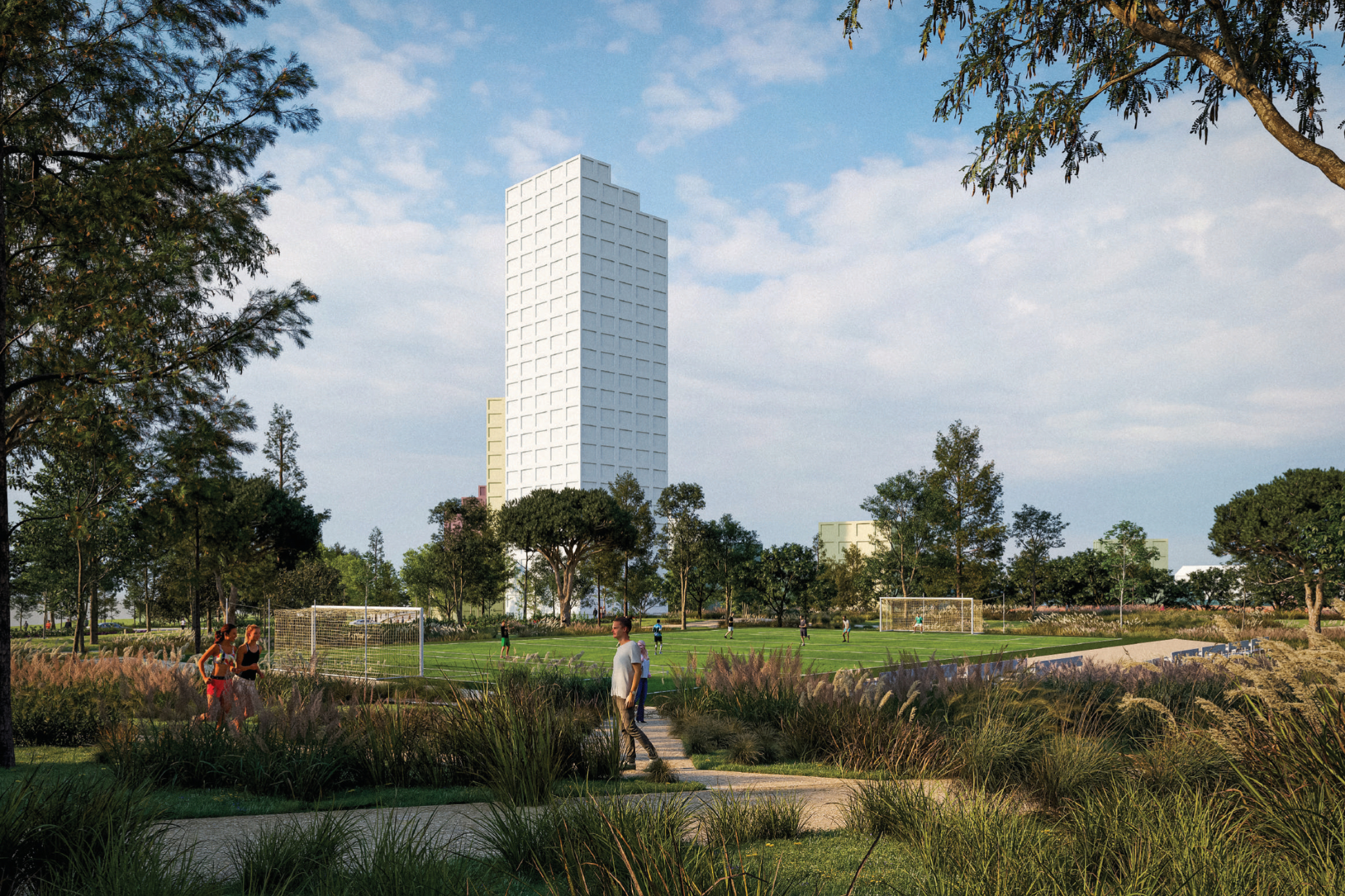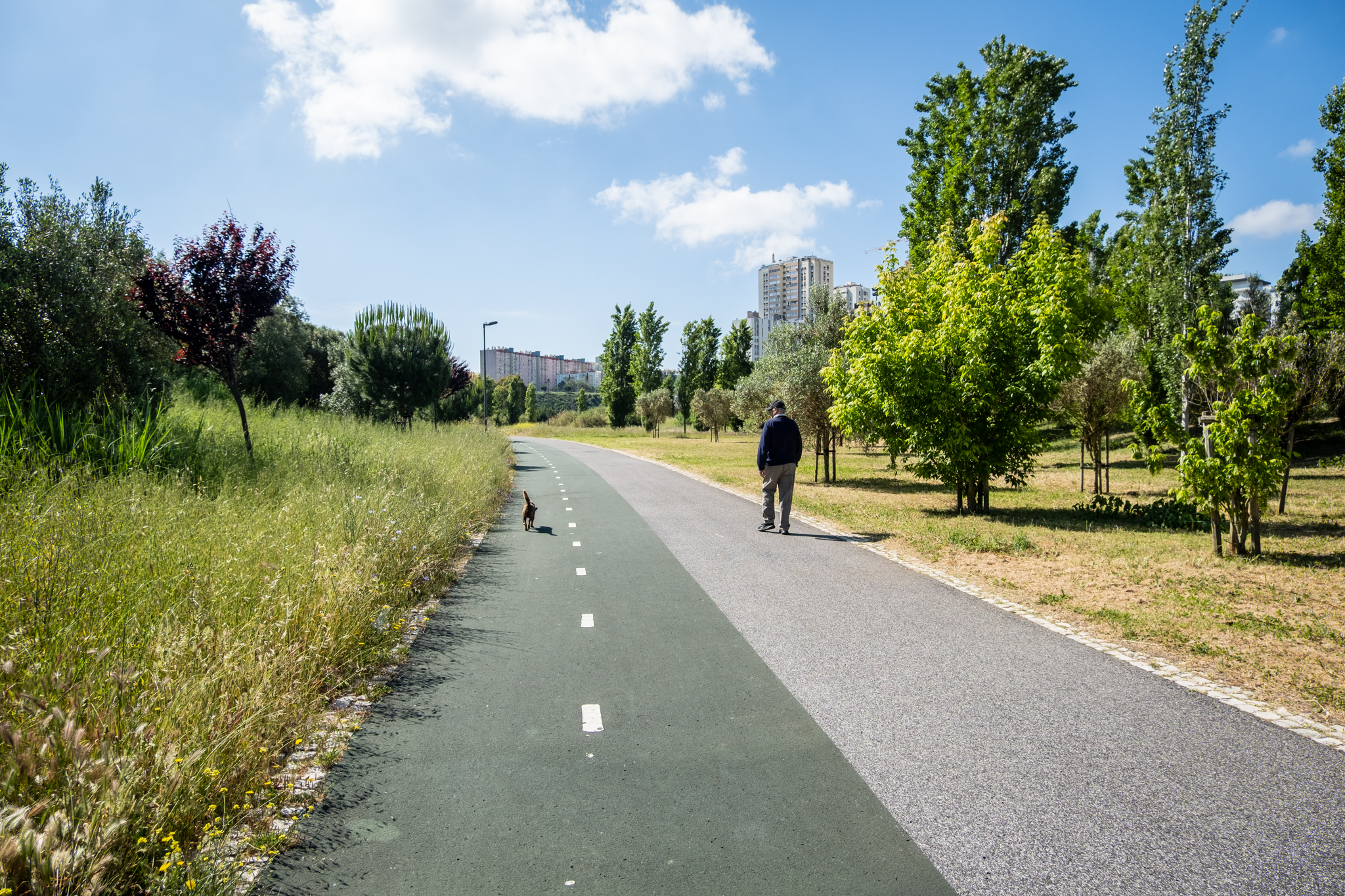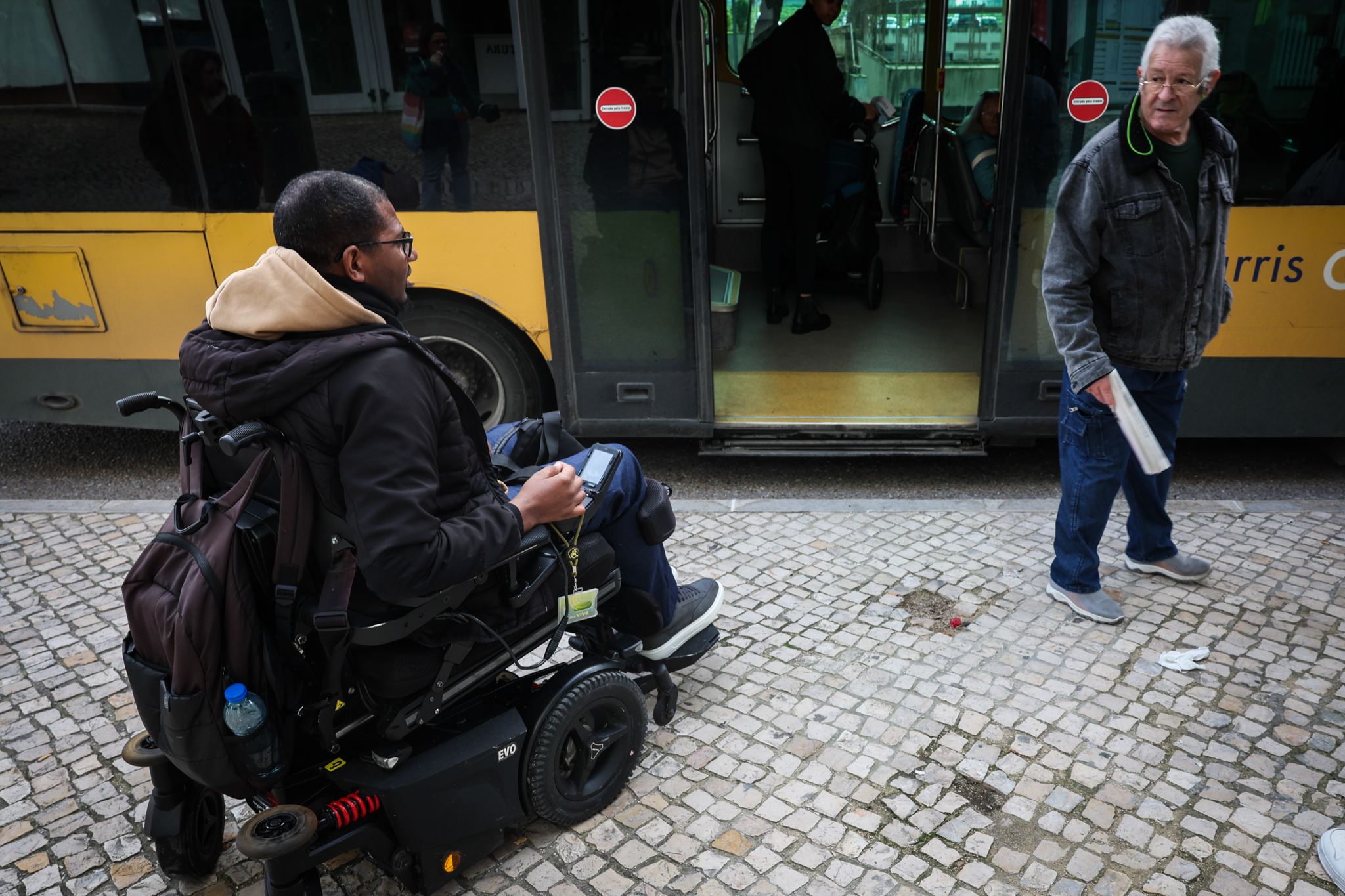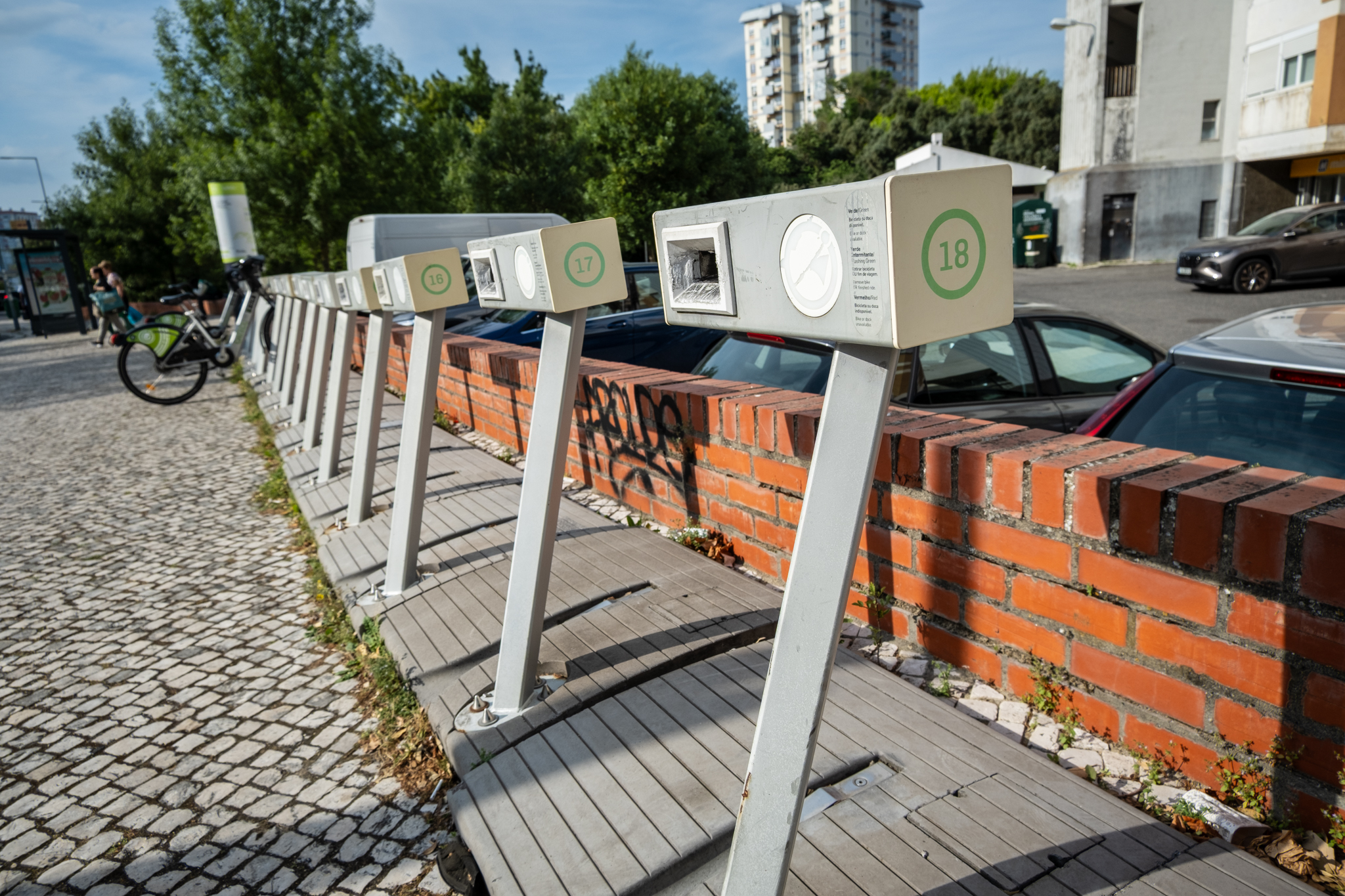This is a first diagnosis that, despite its imperfections, helps to understand the mobility habits of the academic community in Portugal, both of students and employees.

It is a "first diagnosis"with sampling failures, so "results should be interpreted with caution". The first Study on Sustainable Mobility in Portuguese Higher Education was published and presented this Friday, March 3, by Sustainable Campus Network (SCN)which brings together academics from different higher education institutions (HEIs) around the issues of mobility and sustainability.

This study is intended to be a bi-annual record of mobility choices in the university and polytechnic context, and in this first attempt there was a sampling failure. The work involved a limited number of higher education institutions (given that "not all of the institutions contacted agreed to participate"(the report says) and with "highly variable response rates" (for "not all samples are representative" of the size of the corresponding institutions). Therefore, the results "only represent the behavior of those who agreed to respond and not of the entire academic community".
In all, 16 higher education institutions, including universities and polytechnics, have participated, corresponding to a total population of approximately 180 thousand people. In Lisbon, only the Lisbon School of Nursing (ESEL) and the Faculty of Sciences of the University of Lisbon (FCUL) were involved. The data was collected through an online survey conducted in the first half of 2022, and responses were obtained from over 4,000 people out of the universe of 180,000; response rates per institution range from 0.2% to 14%, which "impose some caution in interpreting the results". "Even so a first approach in understanding the mobility habits of the academic community consisting of students and staff was possible"the report says.

Overall, it was found that the car is the most used mode of travel from home to higher education institutions (HEIs), with the most popular alternative being public transport. Most trips take less than 30 minutes, and a considerable part of them less than 5 kmand there is an opportunity for them to be replaced by modes such as cycling. Most of the people surveyed do not pay for parking at their university or polytechnic or pay a monthly fee of less than 10€.
It is noteworthy, that the survey involved both students and employees of higher education institutionsThe sample has a similar representation of employees (51%) and students (49%); among the students surveyed, most are at the undergraduate or integrated master's degree level and among the employees surveyed, most are teachers. The majority of the sample is female.
Here are the key figures:
- Unsurprisingly, the car is the most used mode of transportation from home to universities and polytechnics (52%). Bicycling accounts for only 3%, and walking 14%. Public transportation accounts for the remaining share;
- The main reasons for choosing the mode of transportation are convenience (21%), time (17%), availability (14%) and cost (13%). Health is also highlighted as the most important reason for active modes (17% walking and 20% cycling), as well as the importance of the (lower) cost of public transport (bus 30% and train 32%);

- The public transportation is the preferred alternative for commuting to higher education institutions (48%). The subway is the most preferred mode of transportation in the global sample. A bicycle is the alternative of 13%. This appears with similar preference levels to other commonly used modes of transportation such as walking or driving, suggesting growth potential for this mode;
- Most daily trips (62%) to higher education institutions take less than 30 minutes. Most trips are between 5 minutes and half an hour, 29% in the class between 5 and 15 minutes, and 29% in the class between 15 and 30 minutes;
- Most of the daily trips (65%) correspond to less than 15 km. There are a considerable number of trips less than 5 km long (31%);
- Most of the academic community arrives at higher education institutions before 9 a.m. and leaves before 6 p.m.;
- When traveling, the most of the academic community (67%) performs other activities. It is noteworthy that the most performed activity in all trips for all higher education institutions, except for FCUL, is shop;

- Most of the respondents answered that has its own car and 68% of the respondents who answered affirmatively that they own a car indicated that they use it for commuting to and from higher education institutions. A average age of the car is 11.6 years and more than half have diesel cars (55%);
- Most people who use the car as their primary means of transportation do not share the trip. Higher education institutions with the highest sharing rates are around 20%;
- Most people who use the automobile as their primary means of transportation no parking fee. In institutions near busy roads (such as in the city of Lisbon), parking is almost always paid for. The monthly cost of parking is less than 10€ for most of those who pay for parking. Of those who pay for parking, only 11% pay more than 40€ per month.
Below you can see the data about the two Lisbon institutions that participated:


"Despite the dominance of the automobile in modal choice, when it comes to the desired choice (whether it is available or not), there is a preference for using public transport (47%), followed by non-motorized modes (28%), with the automobile garnering the lowest proportion of preference (23%)."is mentioned in the report. "Thus, despite the current more car-dependent reality, there seems to be predisposition in the university community for more sustainable modal choices"writes the Sustainable Campus Network (SCN) working group that developed this work. The group intends to use the survey data "for further analysis", "with a number of scientific publications in production". Any comments or suggestions for future editions of this study can be made by e-mail to gtms.mobilidade@gmail.com.
The RCS team intends to repeat this study every two years, with a second edition planned for 2024. With continued work, they intend to "assessment of the evolution of the national landscape over time", where, "for the success of this initiative"you will need "broaden the involvement of HEIs and academic communities".










